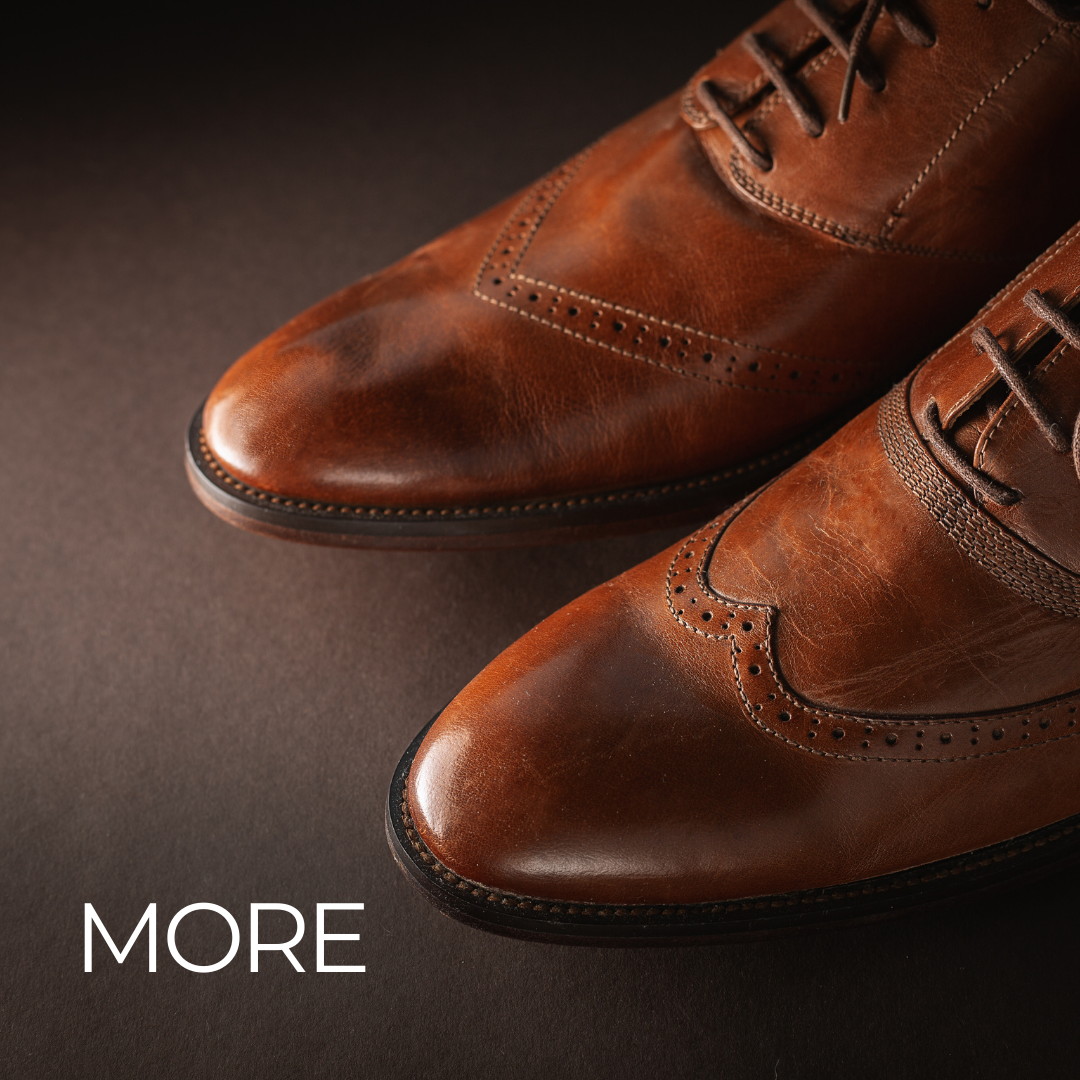
There is no limit to beauty, no saturation point in design, no end to the material.
— Salvatore Ferragamo
Carey Grant once said, "It's better to buy one good pair of shoes than four cheap ones. One pair made of fine leather," he continued, "can outlast four inferior pairs, and if well cared for, will proclaim your good judgment and taste no matter how old they become." Based on this sound advice, a few years ago, I purchased on sale from a local department store, a pair of size 8 black dress shoes made by Salvatore Ferragamo. I've had them resoled a couple of times. The leather remains as supple as ever, and they still wear well.
Born in 1898 to an impoverished family in a small town in southern Italy—a town whose name, Bonita, translates roughly in English as "beautiful"—Salvatore Ferragamo, the eleventh of fourteen children, became fascinated with how shoes are made at an early age. As just a toddler, he used to venture down the street from his home to the workshop of a local craftsman just to watch him cobble shoes together. Then at age nine, as two of his sisters neared their first communion, young Salvatore stayed up all night to make shoes for both of them to wear. Recognizing his son's passion and how the girls' hand-made shoes pleased Salvatore's mother, his father allowed Salvatore to move to Naples at age twelve to study the trade. After just a few years there, Salvatore returned home to open a shoe store in his parents' basement, earning a modest living.
At age seventeen, Salvatore emigrated to the United States and following a brief stint working at a boot factory in Boston, moved to California where he opened a small shop in Hollywood serving the burgeoning silent movie industry. He created sandals for Cecil B. DeMille's 1923 silent film, The Ten Commandments, made cowboy boots for early westerns, and was soon personally designing footwear for starlets such as Jean Harlow, Mary Pickford, and Greta Garbo.
Refusing to accept that shoes could not be both beautiful and comfortable at the same time, Ferragamo studied anatomy at the University of Southern California before returning to Italy in 1927, where he continued to experiment with his innovative designs. Using sunny yellows, intense reds, emerald greens, and deep blues, he began combining such lively colors in ways that had many calling his remarkable creations nothing less than wearable works of art. In Florence, Ferragamo soon applied for a series of patents related to his designs, began hiring local artisans to meet the growing customer demand for his shoes, and eventually found himself at the helm of a successful global-scale enterprise. All the while, he continued to cement his reputation as shoemaker to the stars, creating ballet flats for Audrey Hepburn and strappy stilettos for Marilyn Monroe, and employing a variety of other designs for famous customers like Ingrid Bergman, Katherine Hepburn, and Rita Hayworth.
All his life, Salvatore Ferragamo insisted on the highest quality of leather, fabrics, and thread, along with an unmatched standard of craftsmanship as he continued to push the imaginative boundaries of his chosen art form. "There is no limit to beauty," he said, "no saturation point in design, no end to the material."
While Ferragamo's creations related mainly to what we might place on our feet, God's creative field encompasses not only the foot itself, but so much more—our entire bodies. Consider how the parts of your body work in concert with one another. Consider all the places your feet have taken you. Even a brief consideration of all this might prompt us to echo Ferragamo's words but direct them toward praise of God's own handiwork: "There is no limit to beauty, no saturation point in design, no end to the material."
On an even more expansive level, whether we are looking up into interstellar space through a powerful telescope, into the tiniest measure of matter with an electron microscope, across the boundaries and curious nature of time, or into the inexplicable mystery of consciousness, there's always more. More to astound. More to astonish. More of God's creative genius and infinite ability to produce wonders—wonders without end. More. More. And more. All borne of an unimaginable love. An unfathomable generative power. And an all-encompassing and everlasting grace. Look down. Look down in awe at your feet, whether barefoot, ill, or merrily-shod, and consider this all a little bit more. You stand upon sacred ground.
God — No limit. No saturation point. No end. Oh, my soul. Amen and amen.
— Greg Funderburk





